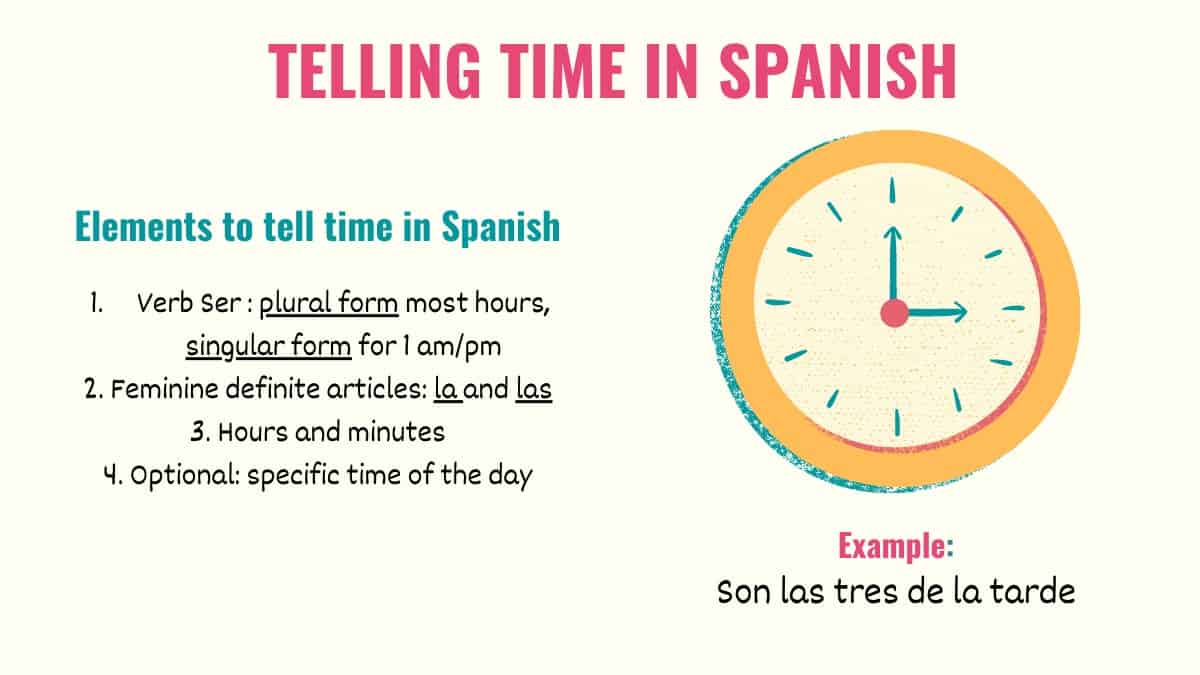How to Say It Is in Spanish
Spanish is a beautiful and expressive language with many nuances. However, one phrase that has multiple meanings depending on context is “it is”. Let’s explore the different ways to say “it is” and understand when to use each one.
Essential Spanish Verbs
There are a few core Spanish verbs that are used to translate “it is” based on the context of the entire sentence. The most common are ser and estar.
Ser vs Estar
Ser is used to describe intrinsic qualities or characteristics that do not change. For example, “Soy alta” means “I am tall” because one’s height does not typically change. Estar is used to describe temporary qualities or conditions. “Estoy cansada” means “I am tired” since being tired is usually not a permanent state. Understanding the subtle difference between ser and estar is essential for correctly translating sentences with “it is”. Refer to this table for a quick reference on when to use each verb: | Verb | Usage | |-|-| |Ser| Intrinsic qualities, unchanging characteristics, locations| |Estar| Temporary states or conditions, location at a specific time|

Common Uses of Ser and Estar
Now that we understand the core difference between ser and estar, let’s look at some examples of how they are commonly used:
- La camisa es azul - The shirt is blue (a permanent, intrinsic quality)
- El edificio está en la esquina - The building is on the corner
(a location at a specific time) - Ella está contenta - She is happy
(a temporary emotional state)
Remembering when to apply ser vs estar is key for properly translating sentences with “it is” into Spanish.Translating “It Is” in Different Contexts
While ser and estar cover many basic uses of “it is”, there are variations depending on the full sentence. Let’s explore some additional contexts:
Describing the Weather
When describing weather conditions, Spanish uses the third-person singular form of the weather verb. For example:
- Hace sol - It is sunny
- Llueve - It is raining
- Nieva - It is snowing
- Graniza - It is hailing
Expressing an Opinion
To express opinions or hopes about something being a certain way, Spanish uses ser plus the appropriate form of que:
- Espero que sea fácil - I hope it is easy
- Creo que es caro - I think it is expensive
Referring to Time
When referring to a specific time, use las plus the time:
- Las dos en punto - It is exactly two o’clock
- Ahora son las cinco - It is five o’clock now
Indicating an Action
To indicate that something is in the process of happening, use the appropriate verb conjugation:
- El avión está aterrizando - The plane is landing
- La película está comenzando - The movie is starting
By understanding the context, you can select the right verb or expression to properly convey “it is” in Spanish. Continue reading to see even more examples.
Additional Contexts for “It Is”
Beyond the basic uses of ser and estar, there are a variety of other contexts that may call for different translations of “it is”.
Asking Questions
To ask a question that includes “it is”, use ¿Cómo? or ¿Dónde? depending on the question type:
- ¿Cómo es? - What is it like?/How is it?
- ¿Dónde está? - Where is it?
Referring to Location
When referring to a non-fixed location, use estar:
- El libro está en la mesa - The book is on the table
Describing Possession
To say something belongs to someone, use ser de:
- La casa es de María - The house belongs to Maria
Using Adjectives
When describing with adjectives like bueno/malo, grande/pequeño, use ser:
- El pastel es rico - The cake is delicious
- Su casa es grande - Their house is big
Referring to Age
To state someone/something’s age, use tener plus years:
- Mi perro tiene 3 años - My dog is 3 years old
With this extended coverage of contexts, you should now be well equipped to properly translate any sentence containing “it is” into Spanish!
Putting it into Practice
Now that we’ve explored the wide variety of ways to say “it is” in Spanish, let’s cement our understanding by practicing example translations:
Where is the train station? It is close by.
-¿Dónde está la estación de tren? Está cerca.
I hope it is an easy hike.
-Espero que sea un senderismo fácil.
The soup is hot. Be careful!
-La sopa está caliente. ¡Ten cuidado!
It is raining cats and dogs outside.
-Afuera llueve ****a cántaros**.**
Their new house is beautiful!
-¡Su nueva casa es hermosa!
What time is it? It is quarter to five.
-¿Qué hora es? Son las cuarto para las cinco. I hope these examples have helped demonstrate various ways to convey “it is” based on different sentence structures and contexts. With practice, you’ll be able to translate this essential phrase smoothly.
Conclusion
In conclusion, while a direct translation of “it is” does not always work in Spanish, understanding the core verbs like ser and estar along with additional contexts provides a solid foundation. Properly conveying this common English phrase requires accounting for aspects like describing intrinsic qualities versus temporary states, the differences between asking questions and making statements, and more. I hope this comprehensive breakdown has equipped you to skillfully translate any sentence containing “it is” into natural Spanish. Confidently applying these principles will boost your proficiency.
